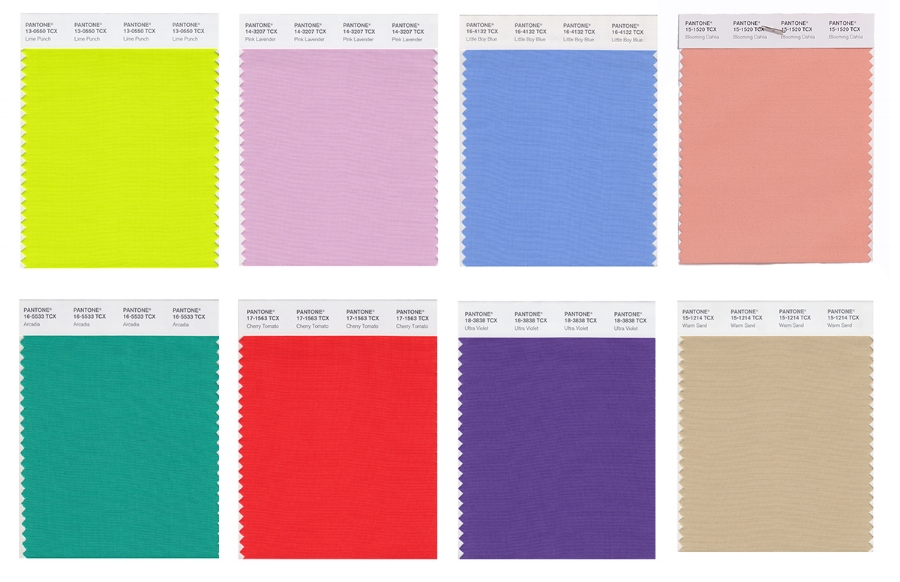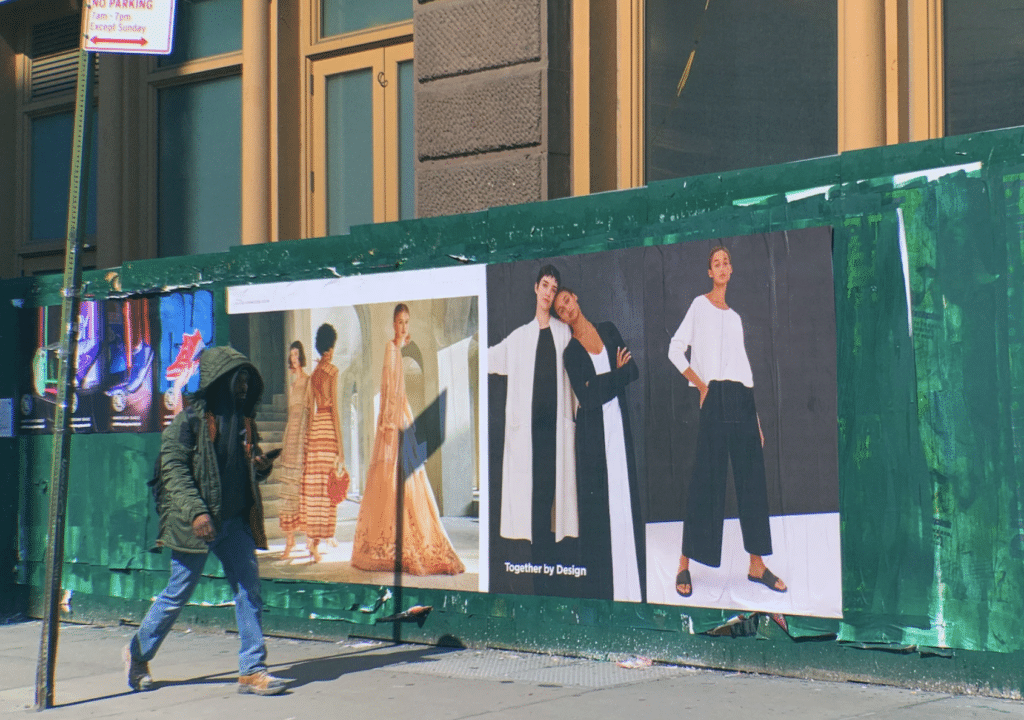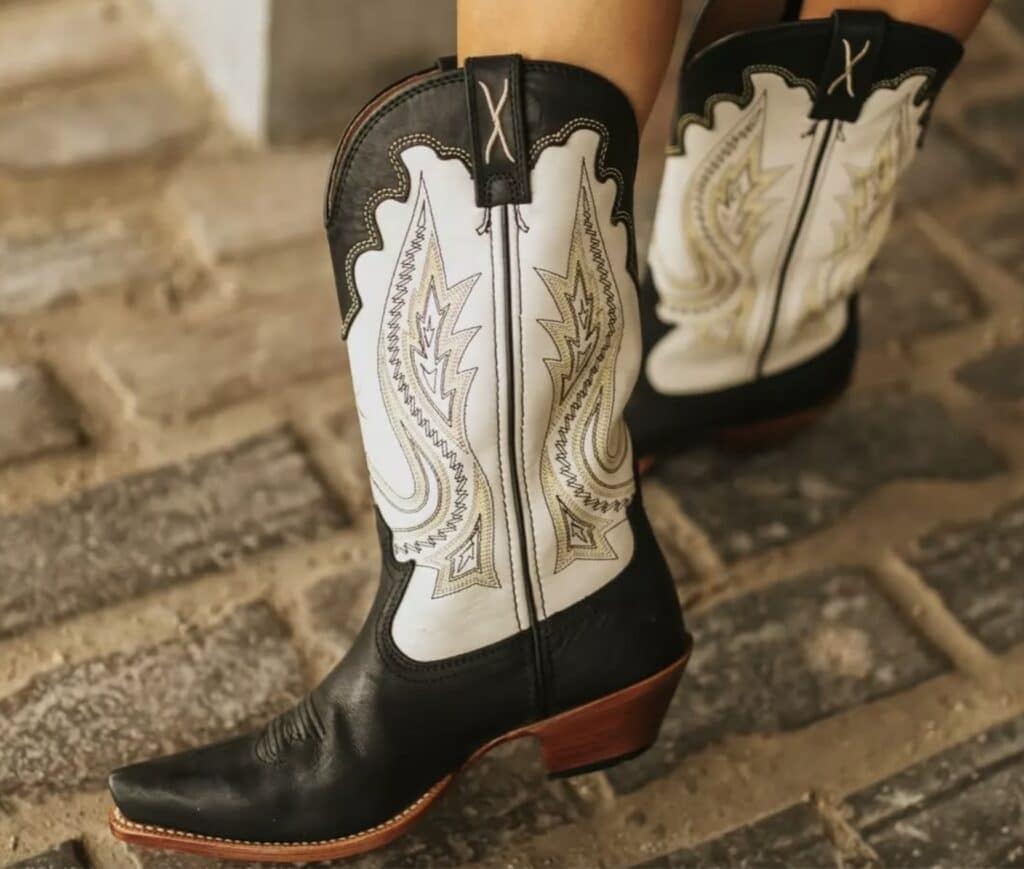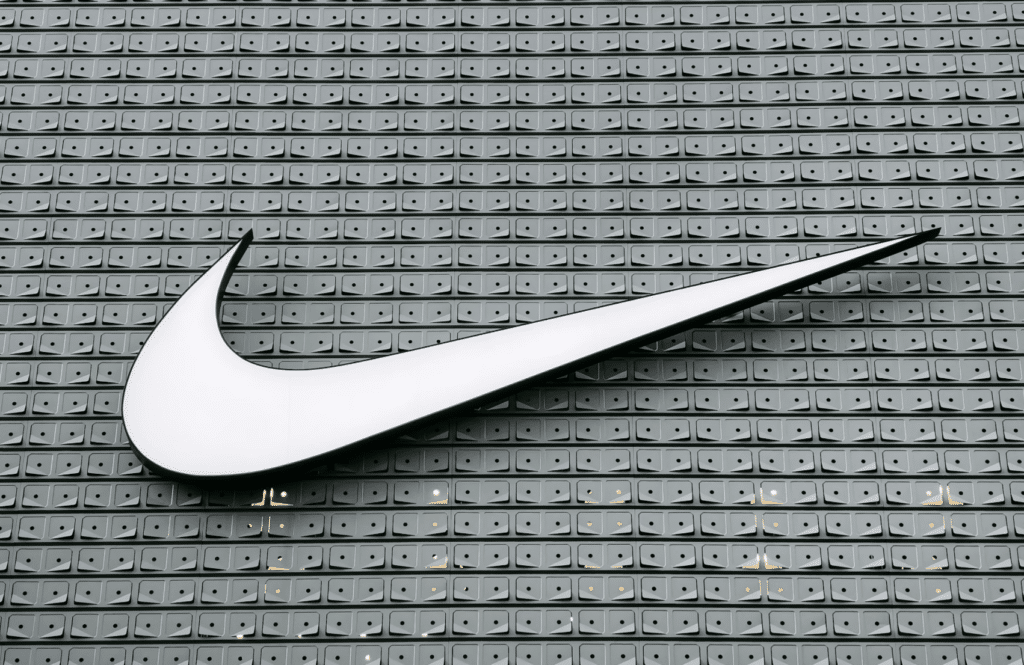In 2018, a court in China handed Christian Louboutin a win. Following unfavorable decisions from China’s Trademark Review and Adjudication Board and the Beijing Intellectual Property Court, both of which found that the Paris-based footwear brand’s “3-D trademark” for a “high-heeled shoe with a red sole” was ineligible for registration, the Beijing High Court determined that the trademark at issue is, in fact, protectable. The decision hinged on the court’s identification of Louboution’s red sole not a 3-D mark that includes the design of a shoe, but instead, as a single color placed on the bottom of a shoe. Louboutin walked away with a sizable win, and protection in the jurisdiction for its specific use of the color red.
The Chinese court’s decision followed from an earlier victory for Louboutin in the European Union. In a June 2018 decision, the Court of Justice of the European Union (“CJEU”), the highest court in the now-27-member bloc, determined that despite a prior advisory opinion, Louboutin’s red sole can be protected. The decision has been deemed “a win for fashion brands,” and while it is, in fact, a win for some brands, chances are, it is not a win for all. In fact, it might not even be a win for many. The decision from the court likely only bolsters protections for some of the world’s most famous brands in their respective market segments, and has little effect on the average brand.
After all, Louboutin, for instance, is not your average fashion brand. It is an objectively famous brand, with seemingly countless celebrities fans, archives of imagery of fames faces wearing its shoes on major red carpets, and even a song, in which Jennifer Lopez catchily sings about “throwing on her Louboutins.” Aside from – but in large part thanks to – its consumer-facing fame, Louboutin maintains legal rights in its red sole across the globe, ranging from the United States to Russia and still yet, to Australia.
Meanwhile, the more than 180-year old Tiffany & Co., another not-so-run of the mill brand with its own share of celebrity fan fare, media attention, and entertainment cred (“Breakfast at Tiffany’s,” anyone?), similarly has legal rights in its robin’s-egg blue hue for use on gift boxes, shopping bags, and jewelry pouches, among other things. Mattel has its own custom “Barbie Pink” Pantone hue, for which it maintains trademark rights for use in more than 100 categories, ranging from dolls, of course, to toiletries and breakfast cereal.

The ability to rely on trademark protection – a form of intellectual property protection that applies to “any word, name, symbol, or device, or any combination thereof” that is used to “identify and distinguish” one’s goods or services from those of others – when it comes to colors is not a novel phenomenon. “While colors are not included within the statutory definition of trademarks, and were traditionally barred from obtaining trademark protection,” per IPWatchDog, that changed in 1995 thanks to a decision from the U.S. Supreme Court.
In deciding the Qualitex Co. v. Jacobson Products Co., a landmark case that centered on the protect ability of the green-gold color of Qualitex’s dry cleaning press pads, the Supreme Court explicitly stated that a color can be registered as a trademark, as long as it identifies a single source for the products at issue. Writing for a unanimous court, Justice Breyer asserted that while “color [sometimes] plays an important role (unrelated to source identification) in making a product more desirable, sometimes it does not.” According to the court, the latter instance, i.e., when a color is “not essential to a product’s use or purpose and does not affect cost or quality,” demonstrates that there is not an absolute bar to the protectabilty of color.
With such a decision in mind, the question becomes: what does it take, exactly, to prove that a color does, in fact, identify the source of a brand’s products?
Legally speaking, in order for a color mark (or other trade dress) to be protected, it must have secondary meaning. In other words, consumers must be able to link that specific use of color to a single source. Again, consider Louboutin. One of the most well-known footwear brands in the world, Louboutin is able to claim that consumers link red soles with its brand thanks to a whole slew of accolades, some of which the brand laid out in its lawsuit against Yves Saint Laurent in 2012.
According to Louboutin’s complaint in that case, consumers have come to identify red soles with its brand thanks to significant sales volume (as of 2010, Louboutin, a privately-held company, was bringing in over $250 million in sales and selling more than 600,000 pairs of shoes a year. That number has since risen to more than 1 million pairs per year). The Paris-based footwear brand’s counsel also pointed to the placement of its footwear in about all of the world’s leading fashion magazines and on widely-watched red carpets, in major motion pictures and television shows, in song lyrics, and on big-name designers’ seasonal runways.
As Louboutin’s counsel stated in that same filing, thanks to each one of these instances of “unsolicited media coverage of Louboutin footwear, celebrity appreciation, and [Louboutin’s own] marketing efforts,” the red sole has received “attention from … millions of individuals throughout the world.” That case would ultimately prove to be significant, according to local counsel. Of particular importance is the Beijing High Court’s “more liberal approach to interpret Art. 8 of the Trademark Law” – which states that “any sign, capable of distinguishing the goods or services of … organization from those of another, including words, devices, letters, numerals, 3-D signs, combination of colors, sounds, etc., as well as the combination of the above elements, shall be eligible for application for registration as a trademark.”
That is “already a breakthrough,” says Steve Zhao and Pei Lyu of the Beijing-based AnJie Law Firm, and which such a decision on the books, it likely “opens a door for business owners to pursue trademark registration protection of non-traditional trademarks with sufficient distinctiveness.”
But being world-famous is not enough in many cases. Counter the CJEU’s decision in the Louboutin case with an April 2017 decision from the U.S. Patent and Trademark Office’s Trademark Trial and Appeal Board (“TTAB”), which held the cereal giant General Mills cannot claim exclusive rights in its Cheerios yellow.
In shutting down General Mills’ trade dress application or registration for its specific color yellow for use on cereal boxes (specifically “toroidal-shaped, oat-based breakfast cereal” boxes), the TTAB held that despite selling Cheerios cereal in yellow boxes since the 1940s, General Mills did not provide sufficient evidence to support the claim that its iconic yellow box in which Cheerios cereal is packaged was an identifier of source for consumers.
This lack of source-identification was bolstered by the fact that many other companies use yellow boxes for cereal, as well, according to the trademark body. The TTAB stated that the extensive use of yellow on other cereal boxes made it more likely that consumers would view those boxes as “eye-catching ornamentation customarily used for the packaging of breakfast cereals generally,” rather than as an indicator of Cheerios as a source.
From these two instances, alone, we can garner a sense of the level of fame generally required for a brand and its color of choice in order to claim rights in it. Moreover, we can see that showing that consumers link a specific color exclusively to a single source is no small feat and one that requires not only a broad, consistent, and exclusive footprint in the marketplace but in many cases, a truly sizable marketing budget to get there and an aggressive legal team to ensure that other companies are not making use of the same – or similar – elements.
This article was initially published in March 2018 and has been updated to reflect relevant developments/dates.














